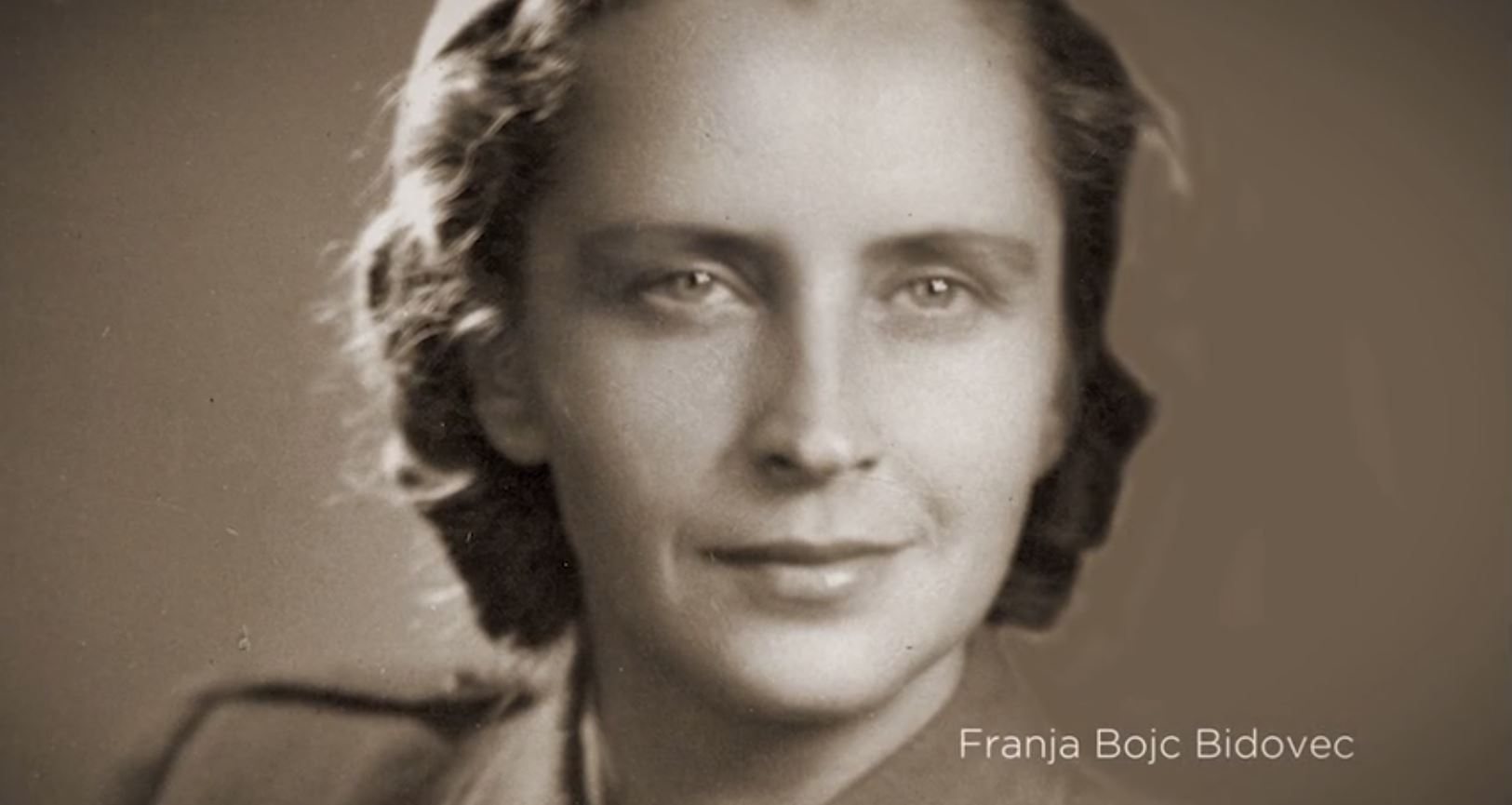The European Heritage Label is awarded to sites across the EU which are recognised for their important historical role or cultural heritage.
Drawing on our extensive international network and our ability to capture the essence of spectacular locations, INS produced and directed short films about every site which received the Label – 38 in total, from all corners of Europe, between 2013-19.
Former Natzweiler concentration camp and its satellite camps, France – Germany
The former Natzweiler Nazi concentration camp and its c. 50 satellite work camps operated between 1941 and 1945 on both banks of the Rhine which then belonged to the Third Reich and now is part of present-day France and Germany. In the Natzweiler network of camps, prisoners from almost all European countries were subject to Nazi terror.
The Hague ( Peace Palace )
The Bois du Cazier coal mining site portrays the working classes and immigration to Wallonia (Belgium) in the 20th century. In 1956, the entirety of the site, from the pithead to the slag heaps, was the scene of a disaster in which 262 people of 12 different nationalities died. Whilst mining activity stopped in 1967, since 2002 the site has been transformed into a museum dedicated to the coal, iron and glass industry.
Built in the 1850s’, the Dohány Street Synagogue is the largest synagogue in Europe and the second largest one in the world. Its surroundings include a museum and archives, a memorial for 10,000 Jewish Hungarian soldiers who lost their lives in WWI, a garden used as a cemetery for the victims of the Holocaust as well as the Wallenberg Memorial Park. The Dohány Street Synagogue Complex is a symbol of integration, remembrance and openness to dialogue.
Fort Cadine, a representative fortification of the defensive system of about 80 such monuments built between 1860 and 1915 in the Trento region, is a reminder of historical divisions, military conflicts and changing borders, and provides the necessary context to better understand the value of open borders and free circulation.
Leipzig’s Musical Heritage Sites is a series of nine locations in Leipzig representing various episodes in its musical history including churches and educational institutions, ensembles and individual composers. They showcase the range of musical activities which have taken place in Leipzig since the thirteenth century.
The Sighet Memorial is housed in a former Stalinist prison in Sighet that was used to imprison schoolchildren, students and peasants from the resistance (1948-1950), political opponents, journalists and clergymen (1950-1955) and common criminals until the seventies. It is today a memorial to the victims of communist regimes and displays the development and effects of communist regimes in Romania and other countries of Eastern Europe. The Memorial provides insight on the repression by communist regimes in Europe throughout the 20th century, including the resultant death and suffering experienced inside and outside the prison walls.
Javorca Memorial Church is a unique piece of Art Nouveau built in the mountains by soldiers of the WWI Isonzo Front to remember fallen soldiers regardless of their origin and culture. Today the church and its cultural landscape continue to symbolise this call for reconciliation and the unifying power of collaborative artistic creation and construction.
